It Turns Out Deleting Yourself from the Internet Isn’t as Hard as You Think!
It all started with a random moment of curiosity. I typed my own name into Google. I mean, we’ve all done it. But this time felt different.
Right there on the first page was a link to one of those “people search” sites. I clicked it.
My stomach dropped. On the screen was my current address, my phone number, even the names of my relatives, all sitting there as a free preview. For just a small fee, anyone could buy an even bigger file on me. It felt like someone had broken into my home, only digitally.
That creepy discovery sent me down a rabbit hole. I realized this wasn’t just one shady website; it was part of a massive, hidden industry. Companies are collecting and selling our personal details like products in a store. It’s a multi‑billion‑dollar business built on our data.
Right then, I decided I had to erase myself from the internet. And after a lot of digging, I finally found an automated tool that made the whole process surprisingly quick and easy.
Contents
- 1 So, What Are Data Brokers?
- 2 Why You Can’t Just Delete Yourself From the Internet Manually
- 3 How Incogni Helped Me Start Disappearing From the Internet
- 4 I Compared Different Ways to Delete Myself From the Internet
- 5 What Does It Cost to Delete Myself From the Internet?
- 6 The Best Way to Delete Myself From the Internet
So, What Are Data Brokers?
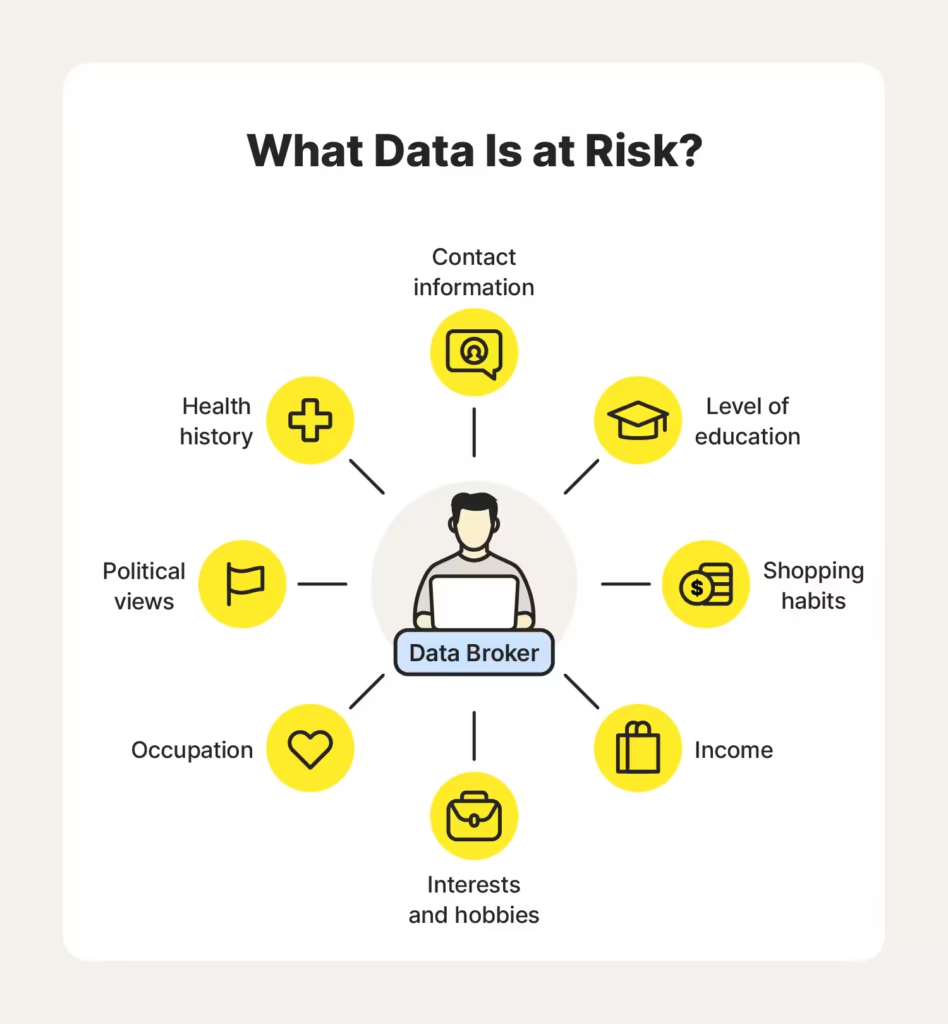
Before I could figure out how to get my info off the internet, I had to understand who was putting it there in the first place. That’s when I learned about data brokers. Companies that collect personal information about you, package it up, and sell it to other businesses.
Those “people search” sites are just one piece of the puzzle. They make your profile available to the public. But behind the scenes, there’s a whole industry doing this on a much bigger scale.
The amount of information they collect is honestly scary. It’s called Personally Identifiable Information (PII). Basically, anything that can be tied back to you. Sure, that includes your name, address, and phone number, but it goes way deeper. They collect your browsing habits, your shopping history, your location, political views, even health info in some cases.
And they’re getting it from everywhere. Public records like voter rolls and property data. Retailers selling your loyalty card info. Websites tracking you with cookies. Even apps on your phone can be quietly handing over your data without you realizing it.
Each bit of info on its own might not seem like a big deal, but when you put it all together, it creates a surprisingly detailed picture of your life. That’s what makes these profiles so valuable, and potentially dangerous.
In 2024 alone, people lost over $12.5 billion to fraud. The FTC got more than 1.1 million reports of identity theft. Scammers use the kind of detailed info data brokers collect to send ultra-convincing phishing emails or impersonate people. And when your address is just a click away, it can even lead to real-world threats like stalking.
So yeah, this stuff goes way beyond creepy. It’s a serious privacy risk.
Why You Can’t Just Delete Yourself From the Internet Manually

At first, I thought I could handle it myself. My plan was simple: visit each of these data broker sites and ask them to remove my info. Easy, right?
Wrong. It was a nightmare.
Every site hides the opt-out link, usually way down in the footer in tiny text. And once you find it, the real hassle begins. Each site has its own process. Some make you fill out long, confusing forms. Others ask you to verify your email or upload an ID, basically giving more personal info to the very people you’re trying to get away from.
And then there’s the scale of it. There are thousands of data brokers out there. In just five U.S. states alone, over 750 are officially registered. Trying to manually remove yourself from every one of them is basically a full-time job.
And that’s by design. These companies are required by law to offer opt-outs, but they also have every reason to make the process as frustrating and time-consuming as possible. The harder it is, the fewer people actually go through with it.
But even if you do manage to get your info removed from some sites, it won’t last. New data keeps getting added. They scrape fresh public records, buy more data from companies, and update their databases constantly. So even after you “clean up” your digital footprint, your info can be right back online in a matter of weeks.
This isn’t something you fix once and forget. It needs ongoing maintenance. And there was no way I could keep up with it on my own. What I really needed was a tool that could do it for me, something automated, fast, and consistent.
How Incogni Helped Me Start Disappearing From the Internet
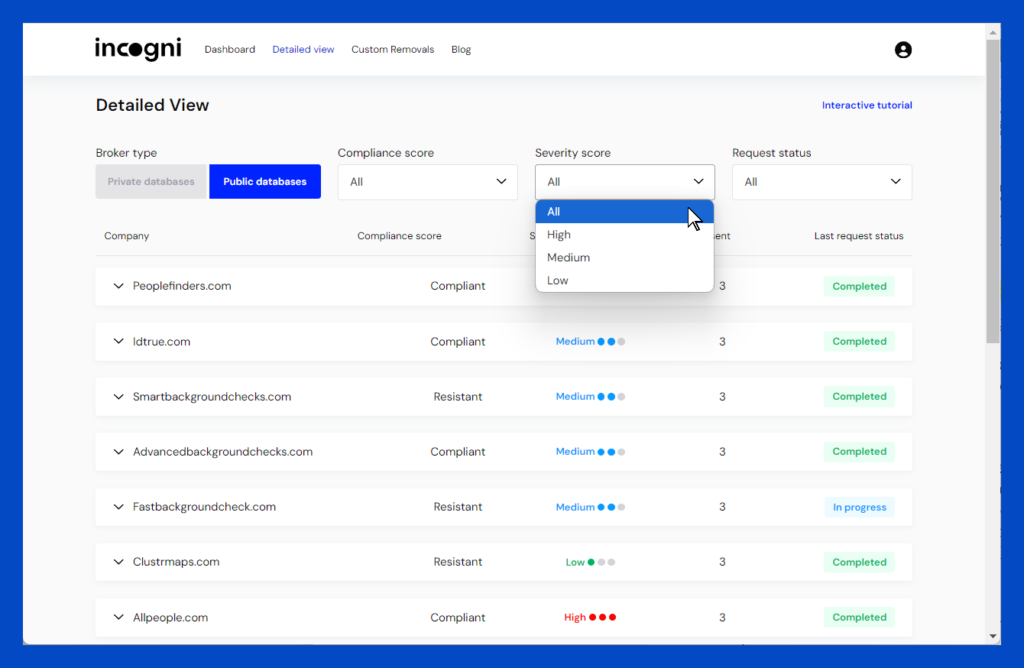
After digging around and trying (and failing) to clean up my data on my own, I finally found a solution that actually works: Incogni.
It’s made by the team behind Surfshark, a well-known name in the VPN and digital privacy space. So right away, that gave me some peace of mind.
Incogni is basically an automated service that does all the hard work of deleting your personal data for you. Getting started was super easy. The whole setup took less than five minutes.
First, I signed up and gave them some basic info, like my name, email, and home address. This is so they can match your details with the records data brokers have on you. (You can add old addresses and phone numbers too, if you want a deeper sweep.)
Then, I had to sign a quick authorization form. Sounds intense, but it’s actually really important. It’s called a limited power of attorney, and it just permits Incogni to act on your behalf when contacting data brokers. That means their requests carry legal weight under privacy laws like GDPR and CCPA, not just polite “pls remove dis” emails.
And after that, I was done. Incogni took over from there.
They have a dashboard where you can track everything: how many requests have been sent, which ones are still in progress, and how many are complete. In just the first week, Incogni had already sent out nearly 180 requests for me. A month in, my data had been removed from 40 different brokers!
It felt amazing to literally watch my digital footprint shrink.
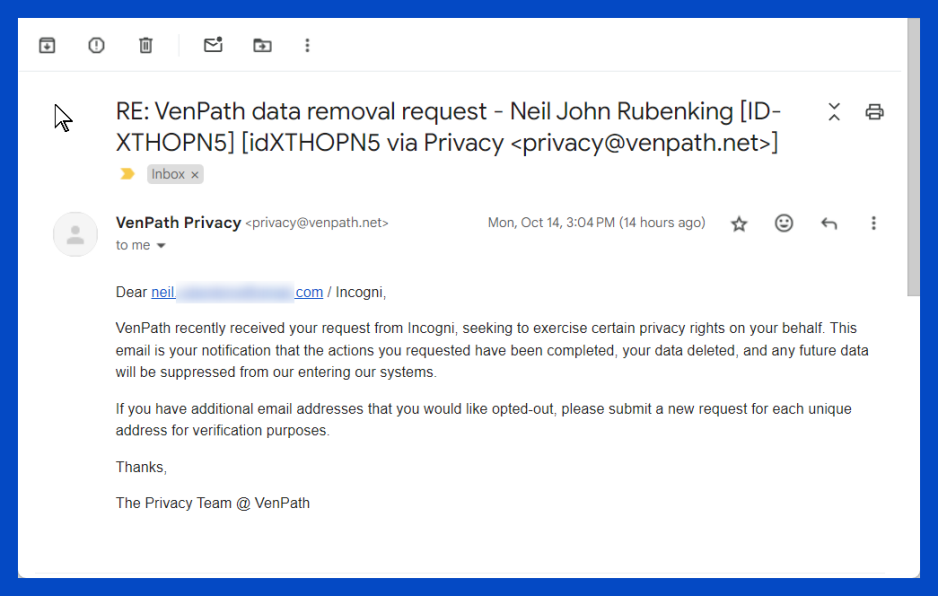
Here’s how it works behind the scenes: Incogni sends out legally-backed requests to over 420 data brokers, asking them to delete your information. And just as important, to add you to their “suppression lists”. That means they’ve also agreed not to collect your data again in the future.
And it doesn’t stop there. Incogni keeps working in the background, sending out new waves of removal requests regularly. So your privacy stays protected over time, not just for a week or two.
Also Read: I Can’t Believe I Missed These 5 Apple Security Features Before I Was Hacked
I Compared Different Ways to Delete Myself From the Internet
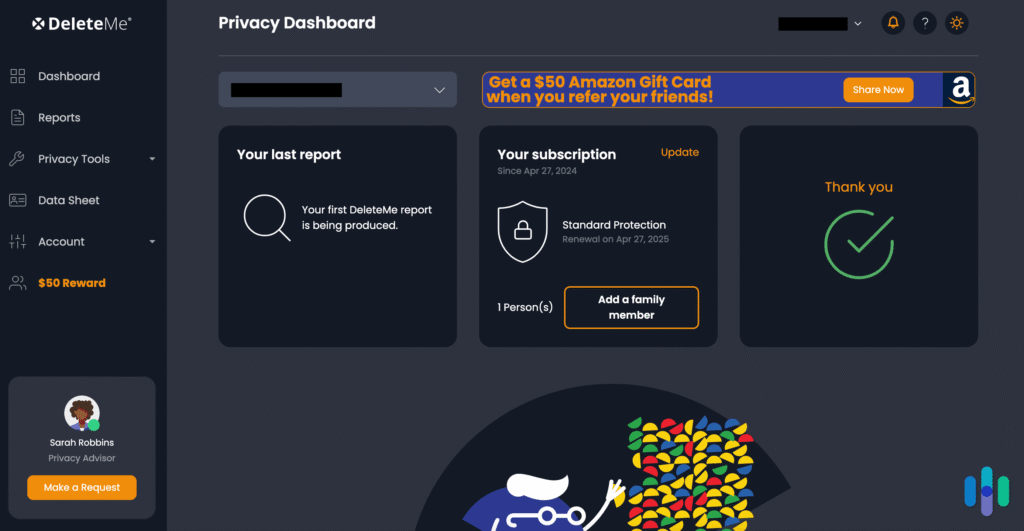
Of course, Incogni wasn’t the only option I found. There’s also DeleteMe, which has been around since 2010 and has a solid reputation. So, before committing, I wanted to see how they really stack up.
The biggest difference between the two is how they go about removing your data.
- Incogni relies heavily on automation. It uses smart algorithms to quickly reach out to hundreds of data brokers. Fast, efficient, and lower-cost.
- DeleteMe mixes automation with actual people. They have “privacy advisors” who take a more hands-on approach, kind of like a concierge service.
That core difference shows up in their features and pricing, too.
- Incogni is super focused. It’s all about automated data removal. Nothing extra.
- DeleteMe goes further and offers extra privacy tools, like temporary email addresses, phone numbers, and even masked credit cards you can use online.
As for cost:
- DeleteMe requires annual or even two-year plans, which means a bigger upfront payment.
- Incogni offers flexible monthly plans, which is great if you just want to try it out before committing.
In the end, it depends on what you’re looking for. If you want a more personal, hands-on experience (and don’t mind paying more), DeleteMe might be a better fit.
But for me, Incogni’s fast, affordable, “set-it-and-forget-it” style was exactly what I needed. It’s a strong choice if you want solid privacy protection without spending a ton of time or money.
Read: Shocking Discovery – I Found a Tool That Exposes How Much You’re REALLY Tracked Online!
What Does It Cost to Delete Myself From the Internet?
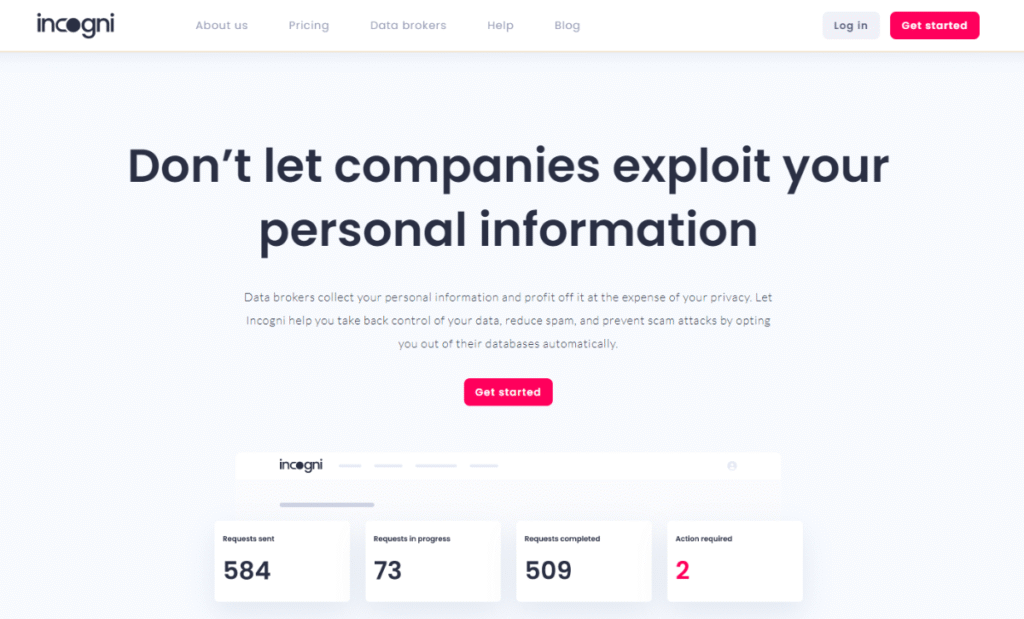
Using a data removal service is really about protecting your personal privacy. And in my opinion, it’s a smart investment. Luckily, Incogni makes it pretty affordable.
The Standard plan is the entry point. It gives you access to Incogni’s automated removal service, covering their core list of 420+ data brokers. For most people, this is more than enough to dramatically reduce your online exposure.
The Unlimited plan includes everything in Standard. It also adds custom removals handled by privacy experts. This covers over 1,000 additional sites beyond the main broker list.
They also offer Family plans. These allow you to cover up to five family members under a single, discounted subscription.
Pricing is very reasonable, especially with an annual plan. The Standard plan costs about $15.98 per month if you pay monthly. But it drops to around $7.99 per month if you commit to a year.
Considering the time it saves and the stress it takes off your shoulders, I found it totally worth it. To make it easier, here is a simple breakdown of the plans.
Standard Plan
Unlimited Plan
Family Plan
Price (Annual)
~$7.99/month
~$14.99/month
~$15.99/month
People Covered
1
1
Up to 5
Automated Removals
420+ Brokers
420+ Brokers
420+ Brokers
Custom Removals
No
Yes (1,000+ sites)
No
Best For
Individuals wanting core, automated protection.
Individuals wanting maximum coverage.
Families needing core protection.
The Best Way to Delete Myself From the Internet
What started as a random Google search turned into a wake-up call, and eventually, a huge relief.
No, you can’t completely disappear from the internet. But you can take meaningful steps to protect your privacy. And for me, the most effective and stress-free way to do that was by using an automated service like Incogni.
The setup was quick. Everything runs in the background. And best of all, it keeps working over time, not just a one-time cleanup. It uses actual privacy laws to force data brokers to remove your info and keeps sending follow-up requests so your data stays gone. That was a game-changer.
For the first time, I don’t feel like I’m fighting an invisible enemy. I feel like I have some control again.
If you’ve ever felt uneasy about how much of your personal info is floating around online, just know: you’re not stuck. There are tools out there to help.